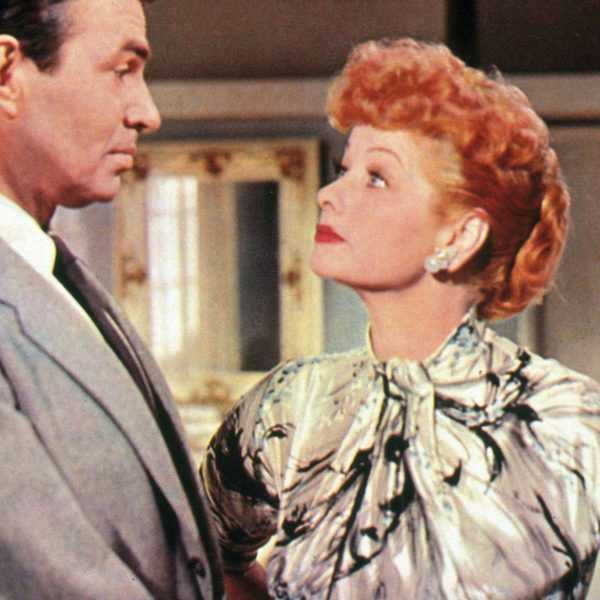Getting Real: Reality Shows Are Essential to TV’s Future


While Keeping Up With The Kardashians may finally be folding its Louis Vuitton tent after 20 seasons on E! television, the reality TV genre it helped pioneer and popularize appears to be here to stay.


Long a staple of both broadcast and cable programming, reality and other unscripted series, when successful, have proven to be huge profit centers for the networks over the past two decades. They’re inexpensive to produce, use largely no-name talent, and can easily yield spin-offs.
According to a 2013 Writers Guild of America East report on nonfiction television, reality shows accounted for only about 20% of prime-time television programming in 2001. By 2013, that figure had hit 40%, with an average profit margin of nearly 40%. At its peak, the ratings juggernaut talent competition show American Idol — bolstered by product placement and other ancillary revenue streams — was generating a 77% profit margin, according to Business Insider.
That’s a lot of return on a little investment. E! Online has placed the cost of producing a 30-minute episode of reality TV at $100,000 to $500,000 — nowhere near the big budgets of scripted dramas. For example, during its final season, the HBO drama Game of Thrones was budgeted at $16 million per episode, according to Variety.
Relative Bargain
And even though “star” salaries on some of the longer-running reality series have increased greatly, reality TV requires fewer writers and no sets, and remains a bargain compared with most scripted shows. With the rise of streaming platforms, the television programming landscape continues in the throes of a sea change that turns out to be in the unscripted genre’s favor.
As big-money players such as Netflix, Apple, and Amazon steal away a big portion of the TV audience via their popular subscription streaming services — six million people canceled their traditional pay-TV subscriptions in 2019, according to research firm MoffettNathanson — traditional broadcast and cable networks will have to continue to turn to lower-cost reality shows to hold on to the viewers they’ve managed to retain in order to protect profitability.
Investing big bucks into scripted programs is increasingly risky to the traditional players, as the streamers offer more lucrative deals and are attracting the biggest and best talent. According to a report in Deadline, 493 scripted series aired across TV and streaming in 2020 (down slightly from 2019’s 532 owing to production interruptions caused by the pandemic, but way up from 2010’s 216). As a result, a big success in that genre is getting less and less likely — and a big failure can be crippling.
In the case of unscripted shows, however, lower production costs equal lower stakes. Programmers can inexpensively crank out such shows, increasing their chances of finding, hooking, and keeping viewers.
Bingeing of Big-Buzz Buzz Fare
Their popularity hasn’t waned, either. In 2019, scripted series accounted for only 24 percent of the 25 highest-rated original series on cable, per The Hollywood Reporter. That’s down from 50 percent in 2015, as the big buzz for scripted fare has moved to the streamers, where viewers are inclined to binge-watch.
Apple and Disney came into the picture in a major way late in 2019 with their streaming services, Apple TV+ and Disney+. The tech giant — which can claim the largest market capitalization among the conglomerates involved in producing original programming — is shelling out $15 million and up per episode on The Morning Show, starring Jennifer Aniston, Reese Witherspoon, and Steve Carrell, and the Jason Mamoa-starring science-fiction series, See, according to Variety.
The Mouse House has reached deep into its pockets as well, sinking what Variety estimates as at least $15 million into each episode of its Star Wars spinoff series, The Mandalorian.
But going forward, the streamers aren’t just relying on big-budget dramas. As more and more competitors enter the streaming business, they will have an increasing need for less-costly reality and unscripted shows as well. Even the Kardashians are moving “upstream” to Hulu, where they closed a huge deal for a refashioned series.
Netflix enjoyed a big reality success last summer with Selling Sunset, a series that follows real estate agents in the high-stakes Hollywood Hills real estate market. It also has ventured into nonscripted dating, athletic competition, cooking and fashion shows, including a successful reboot of Queer Eye.
And reality fare is the lifeblood of cable networks such as Discovery, History Channel, MTV, Bravo, and TLC, many of which couldn’t survive without the lower-cost programming. It is an irony, then, that in the very beginning, reality programming wasn’t so easy or inexpensive to produce.
Living Out Loud
PBS’s groundbreaking series An American Family, chronicling the daily lives of the seven-member Loud household from Santa Barbara, California, in the early 1970s, is frequently cited as genesis of the reality show format.
Back in 1973, such candid documentary programming was a startling departure for American TV audiences, whose idea of “reality” was more on the order of Divorce Court or The Newlywed Game. An American Family provided a 12-episode, warts-and-all view into the Louds’ domestic life that wended through eldest son Lance’s coming out as a homosexual, and the parents’ marital dysfunction and ultimate separation and divorce.
An American Family was a costly, complicated undertaking shot on 16mm film (300 hours of it over seven months), then edited down into a dozen hour-long episodes — a less-than-ideal model for regular network programming. In addition to the high expense, film equipment was cumbersome and time-consuming to set up, sound quality on location was often unpredictable, and post-production was intense and burdensome.
As a result, few similar endeavors followed until the proliferation of videotape production, lightweight, portable cameras, and technological advances in sound recording and computerized editing.
Anthropologist Margaret Mead wrote to An American Family producer Craig Gilbert after attending an early screening: “It’s an extraordinary series. Nothing like it has ever been done, and I think it may be as important for our time as were the invention of the drama and the novel for earlier generations — a new way for people to understand themselves.”
Her foresight was uncanny. Now, not only is reality television the keystone of many networks and an essential financial backstop of others, it could prove to be the savior of much of the television business once the streaming revolution shakes out.

